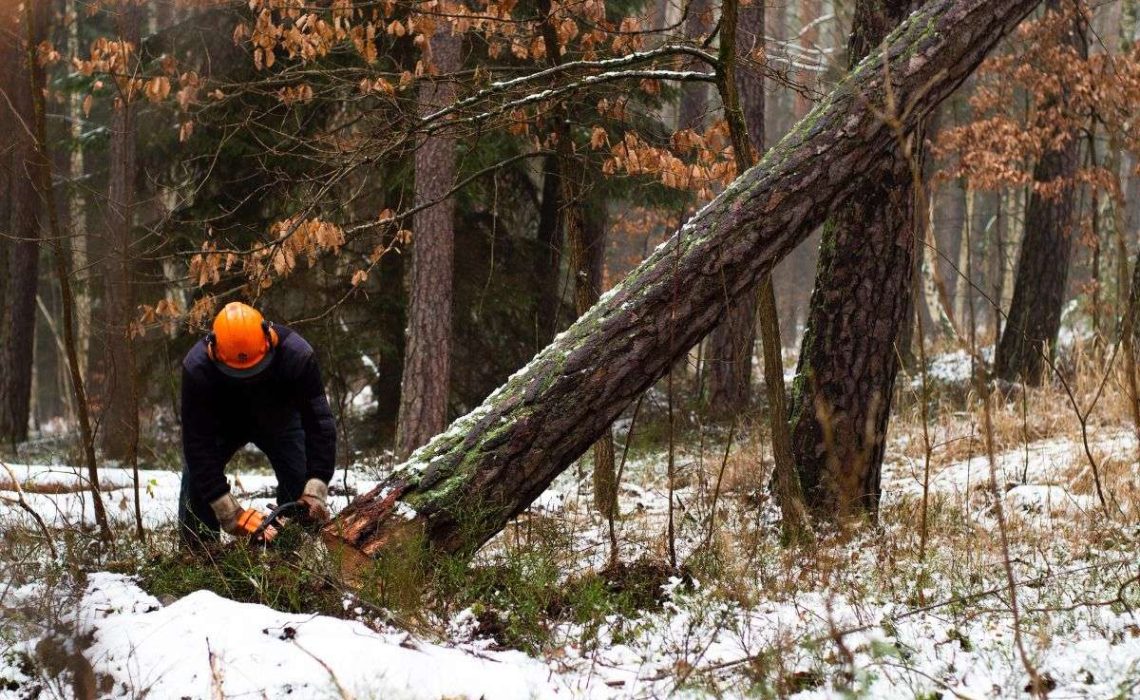The landscape needs to burn. But our homes, farms, and towns don’t.
This is the wisdom being put forward by Indigenous forest managers in British Columbia, Canada, a place that has recently been hit hard by wildfires.
Ancient forest management systems work
This wisdom, which is informed by hundreds to thousands of years of successful forest management, has already helped save the city of Kelowna when an encroaching wildfire sputtered upon reaching an fire prevention zone created by a local Indigenous-owned logging company. A fire that could have devastated an entire city only burned a single house.
Agriculture can help
But forest management isn’t the only boon against destructive fire. As evidenced by farmers in Switzerland, Australia, and Portugal, agricultural systems that manage water retention and tree disbursement in and around communities and farmland have proven to be “valuable buffers” against fire.
Changing our relationship with fire
Understandably, many people view fire as a destructive force that should be avoided and put out at all costs. But it doesn’t need to be that way. By learning from the wisdom of the past and integrating it with current knowledge, fire can actually be a benefit to local landscapes.
Watch the video to learn more.

